A dated molecular phylogeny of manta and devil rays (Mobulidae) based on mitogenome and nuclear sequences
February 2015
Marloes Poortvliet, Jeanine L. Olsen, Donald A. Croll, Giacomo Bernardi, Kelly Newton, Spyros Kollias, John O’Sullivan, Daniel Fernando, Guy Stevens, Felipe Galván Magaña, Bernard Seret, Sabine Wintner & Galice Hoarau
Keywords: Mitogenome • Phylogenetics • Molecular Clock • Divergence Times • Manta Ray • Mobula • Molecular Phylogeny • Devil Ray • Mobulidae • Mitogenome • Nuclear Sequences
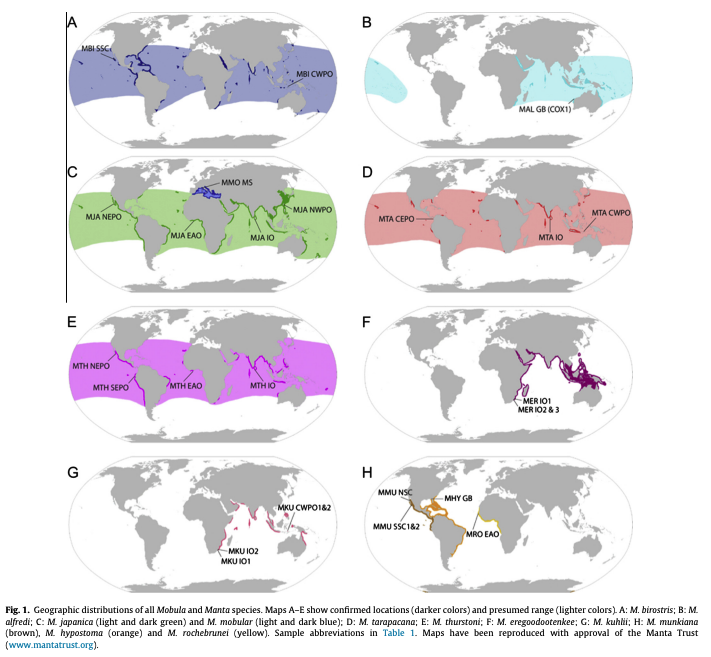
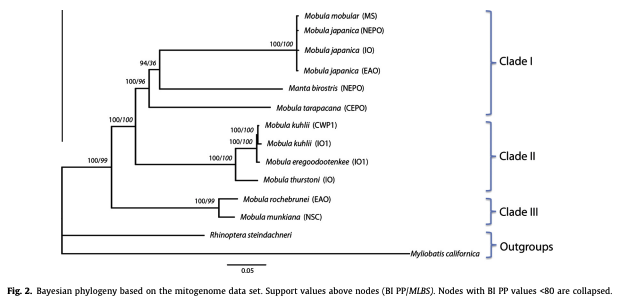
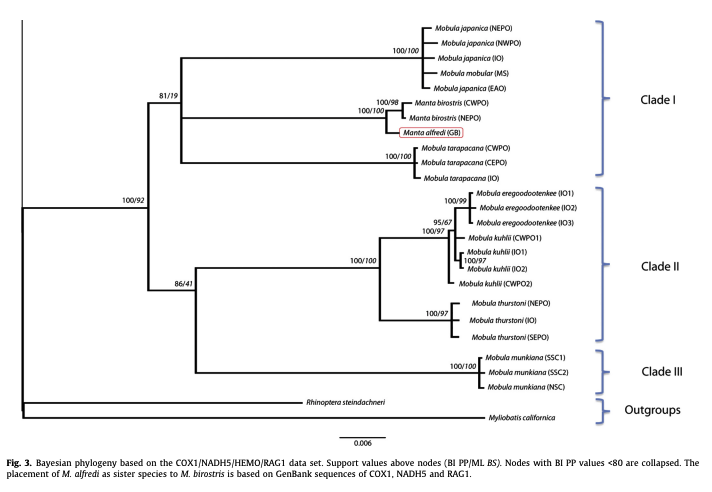
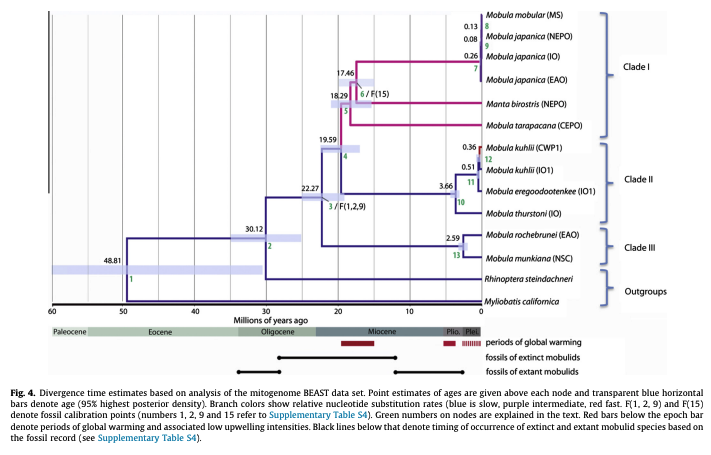

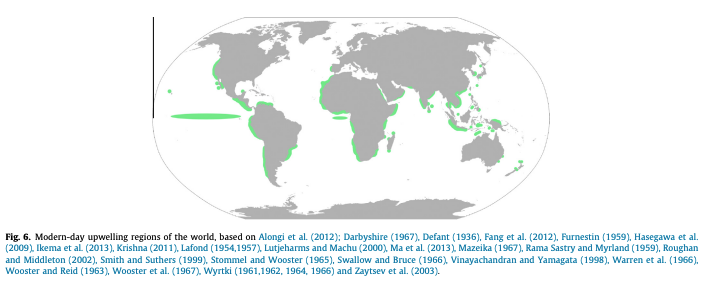
Summary: Manta and devil rays, globally distributed pelagic filter feeders, have an enigmatic evolutionary history. Next-generation sequencing of mitogenomes for nine species and additional genetic analysis revealed a well-resolved phylogeny. Three distinct clades were identified, including Manta species within Mobula. The divergence of mobulids from Rhinoptera occurred around 30 million years ago, with subsequent speciation episodes coinciding with periods of global warming and decreased upwelling intensity. The shared evolutionary history of mobulids, coupled with threats from fisheries and climate change, highlights the need for increased protection of these iconic pelagic filter feeders.
Abstract
“Manta and devil rays are an iconic group of globally distributed pelagic filter feeders, yet their evolutionary history remains enigmatic. We employed next generation sequencing of mitogenomes for nine of the 11 recognized species and two outgroups; as well as additional Sanger sequencing of two mitochondrial and two nuclear genes in an extended taxon sampling set. Analysis of the mitogenome coding regions in a Maximum Likelihood and Bayesian framework provided a well-resolved phylogeny. The deepest divergences distinguished three clades with high support, one containing Manta birostris, Manta alfredi, Mobula tarapacana, Mobula japanica and Mobula mobular; one containing Mobula kuhlii, Mobula eregoodootenkee and Mobula thurstoni; and one containing Mobula munkiana, Mobula hypostoma and Mobula rochebrunei. Mobula remains paraphyletic with the inclusion of Manta, a result that is in agreement with previous studies based on molecular and morphological data. A fossil-calibrated Bayesian random local clock analysis suggests that mobulids diverged from Rhinoptera around 30 Mya. Subsequent divergences are characterized by long internodes followed by short bursts of speciation extending from an initial episode of divergence in the Early and Middle Miocene (19–17 Mya) to a second episode during the Pliocene and Pleistocene (3.6 Mya – recent). Estimates of divergence dates overlap significantly with periods of global warming, during which upwelling intensity – and related high primary productivity in upwelling regions – decreased markedly. These periods are hypothesized to have led to fragmentation and isolation of feeding regions leading to possible regional extinctions, as well as the promotion of allopatric speciation. The closely shared evolutionary history of mobulids in combination with ongoing threats from fisheries and climate change effects on upwelling and food supply, reinforces the case for greater protection of this charismatic family of pelagic filter feeders.”
Author Affiliations
Department of Marine Benthic Ecology and Evolution, Centre for Ecological and Evolutionary Studies, University of Groningen
Department of Ecology & Evolutionary Biology, University of California Santa Cruz
Faculty of Biosciences and Aquaculture, Universitetet i Nordland
Monterey Bay Aquarium
Department of Biology and Environmental Science, Linnaeus University
The Manta Trust
Centro Interdisciplinario de Ciencias Marinas, Instituto Politécnico Nacional
Muséum national d’Histoire naturelle, Département Systématique et Evolution
KwaZulu-Natal Sharks Board
Biomedical Resource Unit, University of KwaZulu-Natal
